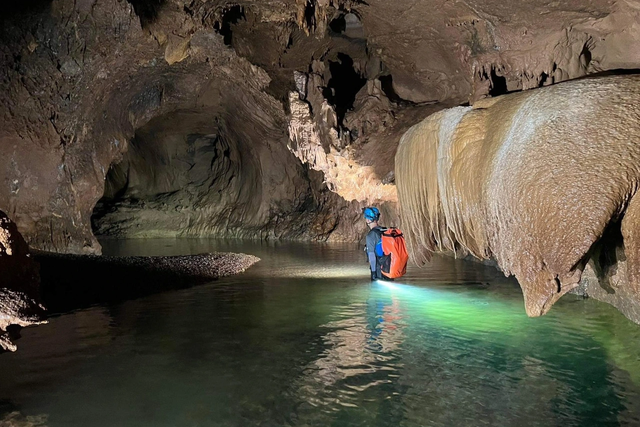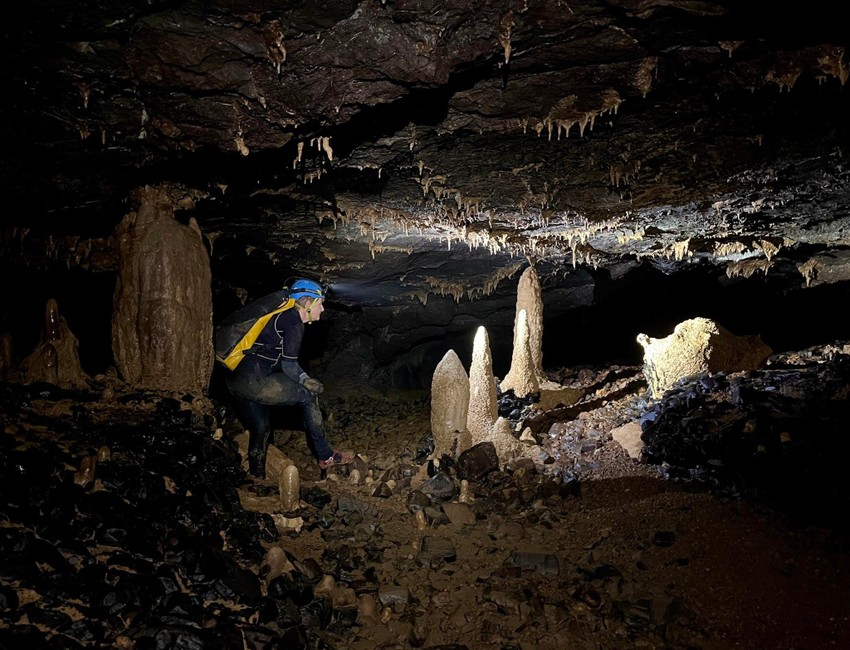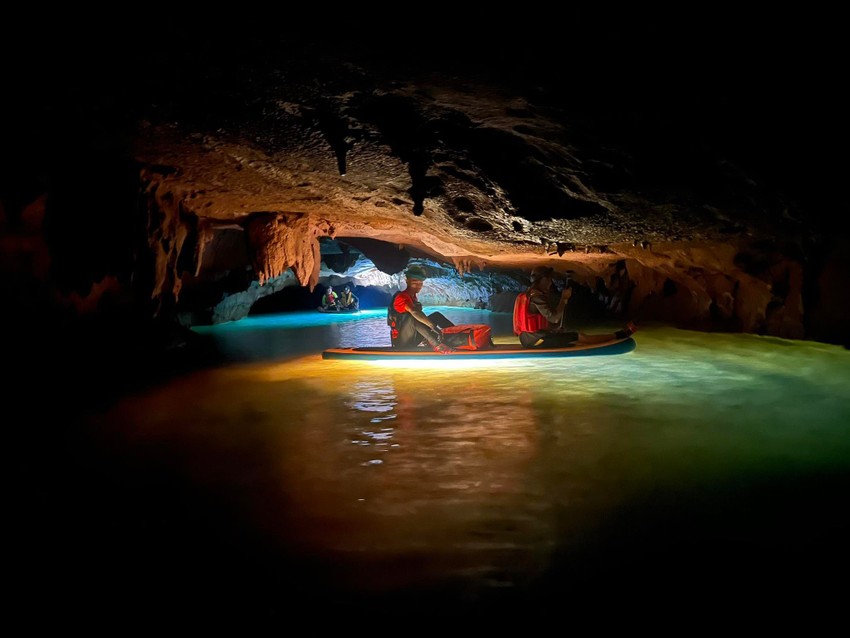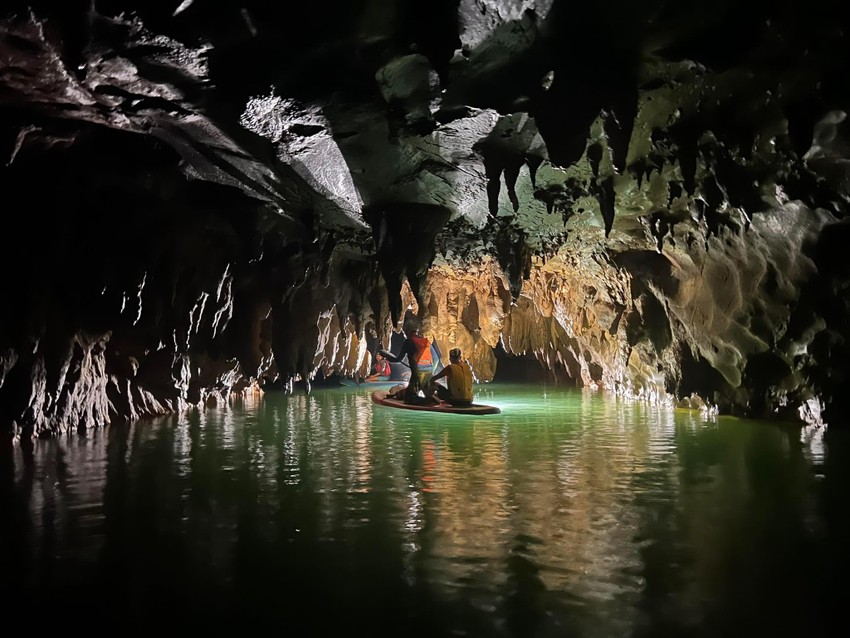Recently, 22 new caverns that are nearly 12km long were discovered in Phong Nha Kẻ Bàng, a national park located in the Quảng Bình Province of central Vietnam. These caverns are located in the famous cave system of Son Đoòng, which was discovered in 2009 and is considered to be the world's largest cave.

The discovery of these new caverns was made by a team of explorers led by the British Cave Research Association. The team used cutting-edge technology such as drones and 3D imaging to map the new caves.

The discovery was made during a 17-day expedition by a team of local and international experts. The caves are estimated to be between 5 million and 30 million years old and each has its unique features.

According to the team leader, these newly discovered caves were found about 40 km south of popular tourist destination Son Doong Cave, which is also located in the Phong Nha - Ke Bang National Park. The team is hopeful that these new caves could become as popular and recognized cave systems for tourism in the future.

The exploration team of Phong Nha-Ke Bang National Park is still studying and documenting the newly discovered cave systems. However, they have confirmed the caves contain unique geological formations such as stalactites, stalagmites, and underground rivers. These features will make them potentially attractive to visitors looking for unique and adventurous experiences.

The Phong Nha - Ke Bang National Park is already well known for its vast network of underground caves, many of which are regularly visited by tourists. The hope is that this new discovery will further enhance the region's reputation for cave tourism and help to promote further interest in the area.

We do hope you will have a chance to visit one of the amazing destinations in Vietnam like Phong Nha - Ke Bang. You may enjoy our trip or tell us your desired plan at the Booking spaces over this website.

